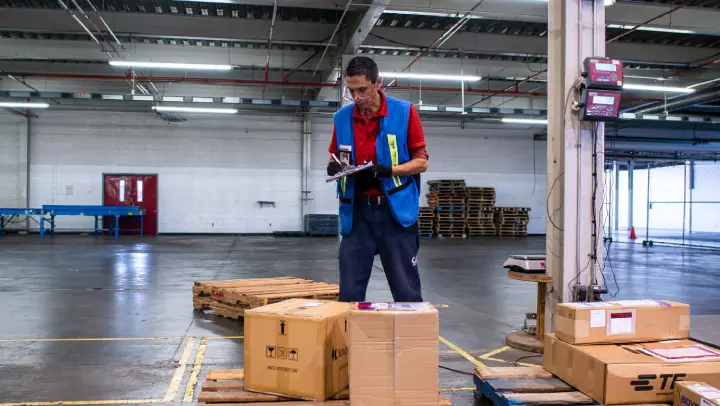
The future of nearshoring and 321 fulfillment
Cross-border payment flows from consumers to businesses are estimated at 2.8 trillion U.S. dollars worldwide in 2022. The global cross-border e-commerce market is also set to grow tenfold by 2030. Mexico currently has ONLY 6%, leaving ample room for growth for those ready to adopt cross-border fulfillment and nearhoring.
- Mexico imports from China are up from 2020 and are projected to surge.
- 2018 to 2023, Mexico’s increase in market gain is only 2%, but gaining.
The Role of Section 321 in Facilitating International Trade
- Reduced Costs in Trade – Businesses and consumers tend to trade more due to removing duties, taxes, brokerage fees, and less time spent on import assessment and customs checks. Saving on these businesses will be more likely to reduce prices, resulting in more demand, thus driving more international trade.
- Greater Speed in Shipping – The shipping process is expedited because there is far less documentation for de minimis packages. When the shipping process becomes faster, businesses can price them lower, which means greater demand.
- Section 321 amendments have made it cheaper to import from international markets more easily. Companies can now set up distribution centers in Mexico and bring their items to the US without paying hefty import duties if they import directly to the United States.
- The United States benefits from cheaper costs and increased efficiency, while Mexico benefits from job creation and economic growth. Based on the publication of the government’s most recent budget forecasts, the Mexican GDP might expand by up to 3.0% in both 2023 and 2024, propelled by manufacturing and nearshoring operations. On top of that, recent research found that a good made in China has roughly 4% of it positively impacting the US economy, but a good produced in Mexico has about 40% – (10x more) – so for US brands considering Mexico, it’s not only closer, faster, maybe cheaper labor; it’s better for the American economy.
- Nearshoring is causing an increase in trade between the U.S. and Mexico, as more companies nearshore their business processes to Mexico.
- Nearshoring creates job opportunities, boosting the Mexican and American economies, particularly in the manufacturing, finance, and IT sectors.
- the biggest winner from nearshoring to Mexico, is the supply chain, as this trend is helping to shorten and streamline processes.
